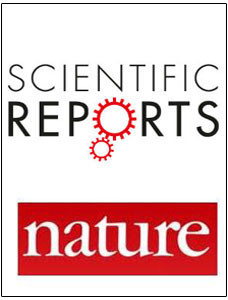In this study, zinc oxide (ZnO) powders in two different morphologies, nanowire (NW) and nanoflower (NF), have been synthesized by the hydrothermal method. The eligibility of the pristine ZnO nanopowders as a photo-active material has been revealed by designing P-SC devices via the facile drop-casting method on both glass and plastic substrates in large-area applications. The impact of physical properties and especially defect structures on photo-supercapacitor (P-SC) performance have been explored. Although the dark Coulombic efficiency (CE%) of both NW and NF-based P-SC were very close to each other, the CE% of NW P-SC increased 3 times, while the CE% of NF P-SC increased 1.7 times under the UV-light. This is because the charge carriers produced under light excitation, extend the discharge time, and as confirmed by electron paramagnetic resonance, photoluminescence, and transmission electron microscopy analyses, the performance of P-SCs made from NF powders was relatively low compared to those produced from NW due to the high core defects in NF powders. The energy density of 78.1 mWh kg−1 obtained for NF-based P-SCs is very promising, and the capacitance retention value of almost 100% for 3000 cycles showed that the P-SCs produced from these materials were entirely stable. Compared to the literature, the P-SCs we propose in this study are essential for new generation energy storage systems, thanks to their ease of design, adaptability to mass production for large-area applications, and their ability to store more energy under illumination.

